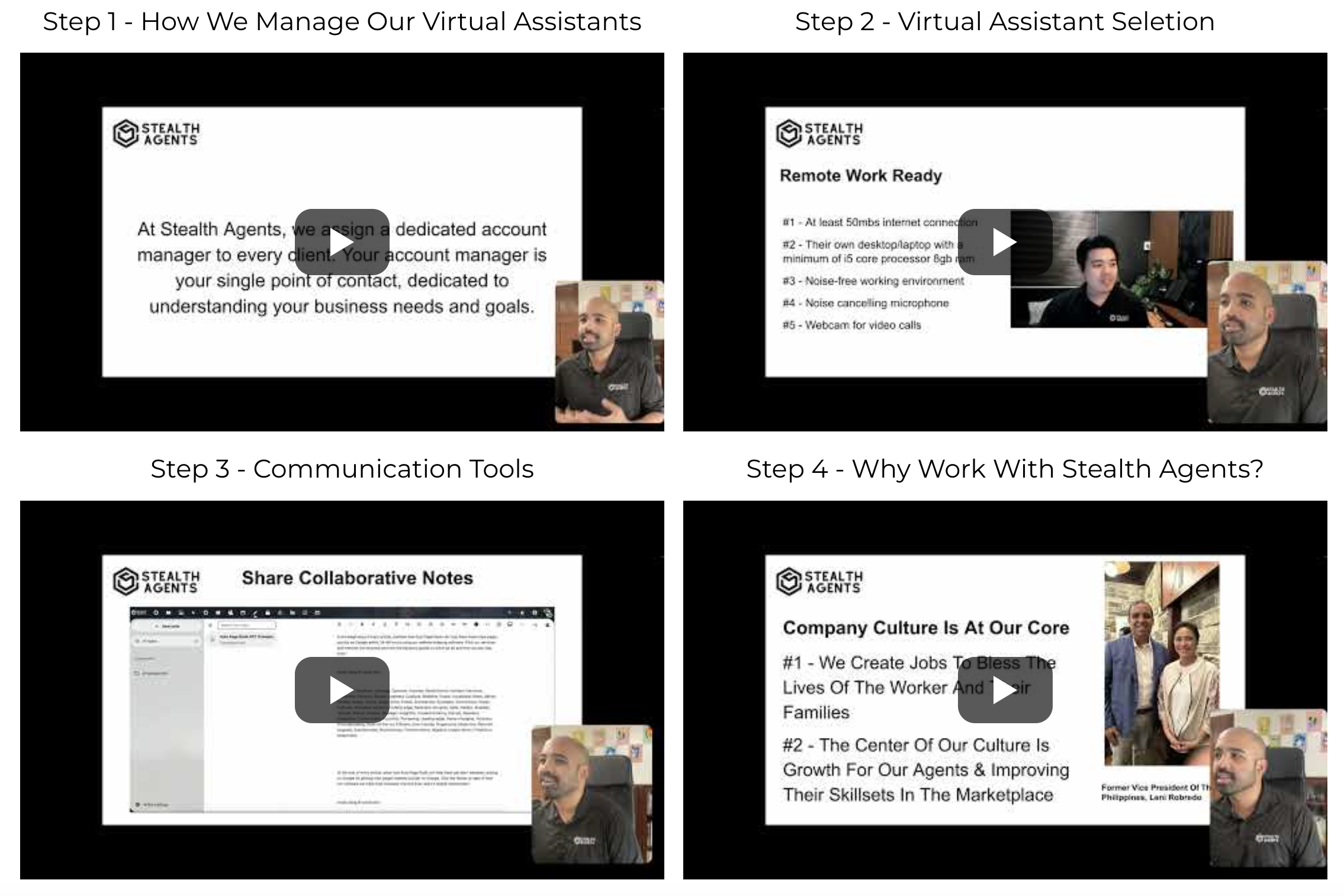In the ever-evolving terrain of business, a steadfast ship is what keeps you afloat.
Operational resilience isn’t just a buzzword; it’s the keel that keeps your enterprise stable amidst turbulent waters.
Whether you’re a seasoned industry juggernaut or a budding entrepreneur, having a smorgasbord of strategic essentials can be your blueprint for success, come what may.
Here, we delve into 40 Operational Resilience Essentials – your treasure map in the realm of the unpredictable. Ready to chart these waters with us?
Before we chart the nautical mile, it’s crucial you understand the compass that guides us. Operational resilience is your organization’s capacity to continue serving customers and operating efficiently, no matter what challenges arise. Think of it as your survival guide, a comprehensive approach to managing business disruptions. It’s about being prepared, adaptive, and, most importantly, robust in the face of unpredictability.
Operational resilience bakes in efficiency and agility, safeguarding your enterprise against unforeseen events and ensuring you emerge on the other side unscathed. So, let’s batten down the hatches and get started on this checklist, crafted to fortify your business against stormy seas.
Here are the essentials that constitute the operational resilience toolkit. Each one is a pillar of strength in its own right, but together, they are the very infrastructure of operational excellence.
1. Visionary Leadership
The first ray of light in any storm is the guidance it provides. Leaders who can chart a clear course for their organization, anchored in purpose and values, ensure a stable direction even in the chaos of change.
2. Strategic Planning
Plot the trajectory of your activities with precision. A robust strategic plan built around your core competencies will help you navigate unforeseen territory while keeping your enterprise path focused.
3. Risk Management
Understand and plan for both internal and external risks. This means not just identifying what could go wrong, but the likelihood and potential impact of these events.
4. Business Continuity
How will you maintain business operations in the wake of a disaster? Establish clear protocols and aids to ensure the sustainability and continuity of your business even when the winds of change are at their fiercest.
5. Redundancy Planning
Redundancy isn’t always a bad thing. In operational terms, it’s your backup plan. Whether it’s your IT infrastructure or a key member of your team being unexpectedly off-duty, having redundancies in place can be a lifesaver.
6. Supply Chain Resilience
Your supply chain is the lifeline to your production. A resilient supply chain isn’t just about sourcing; it’s about maintaining trust and relationships with suppliers that can deliver under pressure.
7. Crisis Communication
When the going gets tough, the tough communicate clearly. Having a well-crafted crisis communication strategy minimizes risks associated with misinformation, keeping your stakeholders well-informed.
8. IT Disaster Recovery
In the digital age, IT is the backbone of most operations. A sound disaster recovery plan for your technology systems can prevent data loss and maintain business-critical functions.
9. Red Team Exercises
‘Practice makes perfect’ is a time-worn adage for a reason. Regularly simulating real-world crises through Red Team exercises can highlight unanticipated vulnerabilities and improve your crisis response.
10. Agility and Flexibility
A flexible mindset and operational setup allow you to pivot quickly when necessary. It’s about being adaptable in the pursuit of long-term and short-term goals, come what may.
11. Remote Work Capabilities
Today, this is non-negotiable. Ensuring that your employees can work effectively from home or other remote locations opens up new avenues for business continuity, especially in the face of a pandemic.
12. Financial Stability
A firm financial foothold means you’re not just resilient against market forces but also have the ability to make strategic investments and ride out economic downturns.
13. Legal and Regulatory Compliance
Non-compliance is a storm you need to avoid at all costs. Staying abreast of and adhering to legal and regulatory standards keeps your ship from rocking too hard under the pressures of unexpected audits and penalties.
14. Knowledge Management
Information is your most potent tool in crisis management. Having a system for recording, sharing, and updating knowledge ensures that you’re never left at sea without a map.
15. Employee Development
Investing in your crew means they’ll invest in you when the time comes. Develop and cross-train your workforce to fill multiple roles to ensure operational continuity.
16. Succession Planning
Your key talent may leave, retire, or, heaven forbid, not be available. Having a clear succession plan ensures that there is always someone at the helm who knows how to steer the ship.
17. Stakeholder Relationships
Strong relationships with stakeholders, be they investors or community members, can provide hearts and minds support in the midst of a crisis. It’s a life raft that can buoy you when you’re in over your head.
18. Cybersecurity
In the age of information, your data is a continent of its own. Robust cybersecurity measures protect against theft, attacks, or any other compromise to your digital assets.
19. Vendor Management
Outsourcing doesn’t mean out of sight, out of mind. Effective management and monitoring of third-party vendors and contractors ensure that your operational integrity extends beyond your in-house capabilities.
20. Asset Management
Knowing what you have and where it is is key in ensuring a rapid, organized response to disruption, whether it’s a missing shipment or a burnt-out machine.
21. Occupational Health and Safety
Avoiding injuries and keeping your crew in good health isn’t just about ethics; it’s about maintaining integral human resources in your operational machinery.
22. Dual Sourcing
Relying on a single vendor can leave you high and dry in a crisis. Dual-sourcing key components can be a strategic advantage.
23. Physical Security
Protect your assets by implementing physical security measures. It’s not just against theft but also to ensure that your operations aren’t hampered by unexpected incidents.
24. Demand Shaping
Understand and shape your customers’ demand patterns to ensure that you don’t get washed away by the ebb and flow of market forces.
25. Lean Operations
Streamlining operations and reducing waste makes for a more agile and cost-effective business, better able to handle unexpected changes in the market.
26. Scalability and Growth
Aim to scale your operations without sacrificing efficiency. Growth shouldn’t come at the cost of stability.
27. Emotional Resilience
The human factor is often the most crucial. Building emotional resilience in your team is what keeps morale afloat when the storm clouds gather.
28. Adaptation to Technology Changes
The tech landscape is a dynamic one. Staying adaptable and open to new technological tools ensures operational readiness in the face of tech revolutions or evolution.
29. Environmental Impact Assessment
Know the environmental risks associated with your operations and have measures in place to mitigate and respond to these effectively.
30. Reputation Management
Your public image is a valuable commodity. Protect and maintain your reputation, as it is a lifeline in crises.
31. Insurance Coverage
Insure against the unexpected — whether it’s property, liability, or life and health coverage for employees. It’s a financial lifebuoy when times get rough.
32. Flex Time and Leave Policies
Fair and adaptive leave policies are a boon for both employees and employers. They don’t just support employee well-being but also operational flexibility.
33. Protocols for Scalable Workforce Adjustments
Being able to rapidly scale your workforce up or down in a crisis is a mark of operational ingenuity. Have protocols ready to act fast and efficiently.
34. Change Management
Navigating through change, whether planned or unplanned, requires a change management strategy that is comprehensive and acknowledges the human aspect of any operational transformation.
35. Growth Strategy
Plan for growth in a way that ensures not just expansion but also stability. A haphazardly growing business is often one that’s poorly equipped to handle disruptions.
36. Regular Maintenance Checks
Fortune favors the vigilant. Regular maintenance checks on your machinery and systems prevent nasty surprises in the form of avoidable breakdowns.
37. Logistical Continuity
Your logistics are the arteries of your operation. Ensuring these routes are robust and flexible provides a critical foundation for your operational resilience.
38. Holistic Risk Assessments
Tackling risk needs a 360-degree strategy. Conduct regular, comprehensive risk assessments to identify and address potential vulnerabilities across the board.
39. Continuous Improvement Culture
Complacency is the kryptonite of resilience. Foster a culture of continuous improvement that seeks out and addresses weak links proactively.
40. Adaptation to Societal Trends
Societal trends often lead to market changes. Anticipating and adapting to these trends ensures your operations remain in sync with the times.
Conclusion
Each of these 40 operational resilience essentials is indispensable in its own right, yet they’re merely parts of a greater whole. When woven together with care and foresight, they form a fabric of preparedness that can handle not just the usual ebbs and flows of business but the occasional tsunami that comes your way.
Let this serve as a beacon as you set sail in the unpredictable tides of enterprise. By acknowledging and implementing these essentials, you’re not just adrift in the tempest – you’re thriving through it, and beyond. Your ship is sturdy, your crew is prepared, and your destination, however treacherous the journey, is always within reach.











